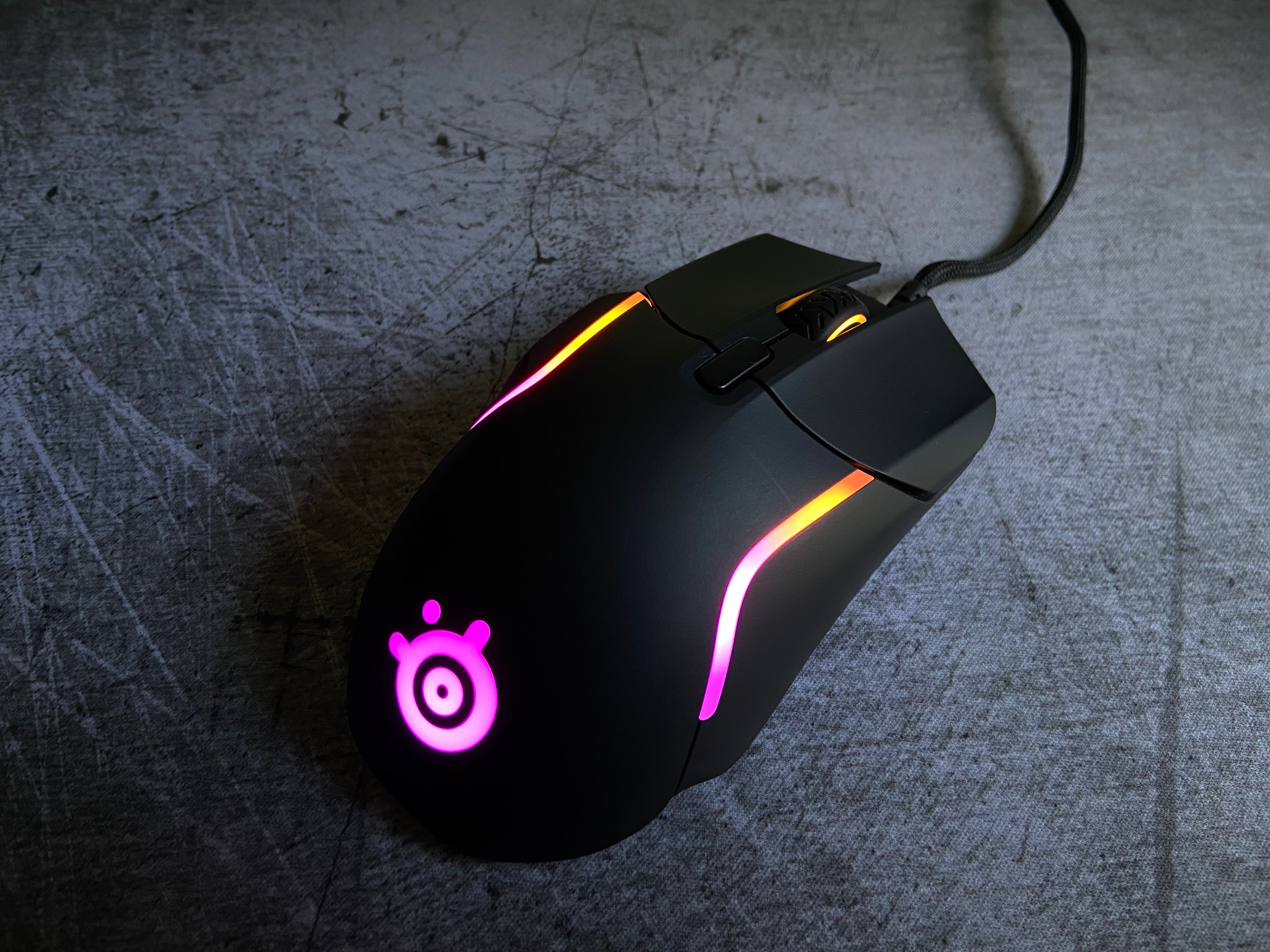Finding Your Perfect Sensitivity: The Complete Guide

Introduction to Mouse Sensitivity
Finding the perfect mouse sensitivity is one of the most important aspects of becoming consistent in FPS games. Your sensitivity setting directly affects your ability to track moving targets, perform precise flick shots, and maintain overall aim control.
In this comprehensive guide, we'll explore the science behind sensitivity, different methodologies for finding your ideal setting, and how to maintain consistency across multiple games.
Understanding Sensitivity Fundamentals
Before diving into specific settings, it's crucial to understand what mouse sensitivity actually represents. At its core, sensitivity is the ratio between your physical mouse movement and the resulting cursor or crosshair movement on screen.
This relationship is affected by several factors:
- DPI (Dots Per Inch): The hardware sensitivity of your mouse
- In-game Sensitivity: The software multiplier applied to your mouse input
- eDPI (Effective DPI): DPI × In-game sensitivity
- cm/360 or inches/360: The physical distance needed to make a full 360° turn
The Science of Aim and Sensitivity
Research in motor control and human-computer interaction suggests that consistent aiming relies on muscle memory and neurological adaptation. Your brain forms neural pathways for movement patterns that you frequently practice, which is why constantly changing your sensitivity can hinder progress.
Studies have shown that there's no universal "best" sensitivity—rather, the optimal setting varies based on:
- Individual physical factors (arm length, wrist mobility)
- Available desk space and mousepad size
- Preferred aiming style (arm vs. wrist aiming)
- Game-specific movement requirements
Step-by-Step Method to Find Your Sensitivity
1. Start with a Baseline
Begin with a middle-ground sensitivity. For most FPS games, this would be around 30-40cm/360 (approximately 800 DPI with 1.0 sensitivity in CSGO).
2. The PSA Method (Perfect Sensitivity Approximation)
This data-driven approach helps narrow down your optimal range:
- Set your sensitivity to the baseline value
- Find a point to aim at in-game
- Strafe left and right while trying to keep your crosshair on the target
- If your crosshair consistently lags behind, increase sensitivity by 10%
- If your crosshair consistently overshoots, decrease sensitivity by 10%
- Repeat until you find a comfortable range
- Fine-tune within this range using smaller 5% adjustments
3. The "Tile Frenzy" Method
For games with frequent target switching, like Apex Legends or Overwatch:
- Use an aim trainer with targets appearing at various distances
- Try different sensitivities within your comfortable range
- Record your accuracy percentage
- Choose the sensitivity that gives you the highest consistent accuracy
Arm vs. Wrist Aiming: Finding Your Style
There are two primary aiming styles, each with their own sensitivity requirements:
Arm Aiming (Lower Sensitivity: 30-60cm/360)
- Uses larger arm movements
- Requires more desk space
- Generally more precise for small adjustments
- Potential for greater consistency
- May reduce risk of wrist injuries
Wrist Aiming (Higher Sensitivity: 15-30cm/360)
- Primarily uses wrist movements
- Requires less desk space
- Faster for large turns and 180s
- Can be more tiring for the wrist over time
- May increase risk of repetitive strain injuries
Many professional players use a hybrid approach, employing arm movements for large adjustments and wrist movements for fine-tuning.
Game-Specific Considerations
Different games demand different sensitivity approaches:
Tactical Shooters (CS:GO, Valorant)
These games reward precision and typically benefit from lower sensitivities (40-60cm/360). Crosshair placement and pre-aiming are more important than rapid target switching.
Arena and Hero Shooters (Overwatch, Apex Legends)
With more vertical movement and faster gameplay, slightly higher sensitivities often work better (25-40cm/360).
Battle Royales (Fortnite, Warzone)
These games require a balance between building/looting and combat, often leading to middle-ground sensitivities (30-45cm/360).
Converting Sensitivity Between Games
Once you've found your perfect sensitivity in one game, you'll want to maintain that muscle memory across all titles. This is where sensitivity converters like SensGod come in.
The goal is to maintain the same cm/360 measurement across games. For example, if you need 38cm to do a 360° turn in CS:GO, you want that same physical distance to result in a 360° turn in Valorant.
// Simple formula to convert sensitivity between games function convertSensitivity(sourceGame, targetGame, sourceSens) { return sourceSens * (sourceGame.yawFactor / targetGame.yawFactor); }
Common Sensitivity Myths Debunked
Myth 1: "Pro player settings are best for everyone"
While it's tempting to copy your favorite pro player's settings, this ignores your unique physical attributes, setup, and playstyle. Use pro settings as inspiration, not gospel.
Myth 2: "Higher DPI is always better"
Modern gaming mice have plenty of DPI range for gaming. Most pros use 400-1600 DPI, and many stick to 800 DPI. The difference in "smoothness" above this range is negligible for most users.
Myth 3: "You should never change your sensitivity"
While consistency is important, making calculated adjustments as your skills develop can be beneficial. The key is to change methodically, not on a whim after every bad game.
Troubleshooting Common Sensitivity Issues
Inconsistent Aim
If your aim varies wildly from day to day, check:
- Mouse acceleration settings (should be off for most players)
- Driver issues affecting sensor performance
- Mousepad wear and cleanliness
- Grip consistency
Difficulty with Fine Adjustments
If you struggle to make small, precise crosshair movements:
- Try lowering your sensitivity
- Check for jitter in your mouse sensor
- Practice smooth tracking exercises
Trouble with Quick 180° Turns
If you can't turn quickly enough in high-pressure situations:
- Consider a slightly higher sensitivity
- Try a larger mousepad
- Practice arm-swipe movements
Conclusion: A Personalized Approach
Finding your perfect sensitivity is a journey, not a destination. Aim is a skill that evolves over time, and your ideal settings may evolve with it. The key takeaways:
- Start with methodical testing rather than random adjustments
- Understand the technical factors (DPI, eDPI, cm/360)
- Consider your unique physical attributes and gaming environment
- Use SensGod to maintain consistent muscle memory across games
- Give yourself time to adapt to new settings before judging their effectiveness
Remember that sensitivity is just one piece of the aiming puzzle. Crosshair placement, positioning, movement, and game sense are equally important factors in becoming a more precise player.
What sensitivity approach works best for you? Share your experiences in the comments below!

About Pedrotski
Game server expert and sensitivity conversion enthusiast. Developed the core infrastructure behind Sensgod.